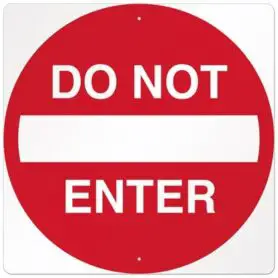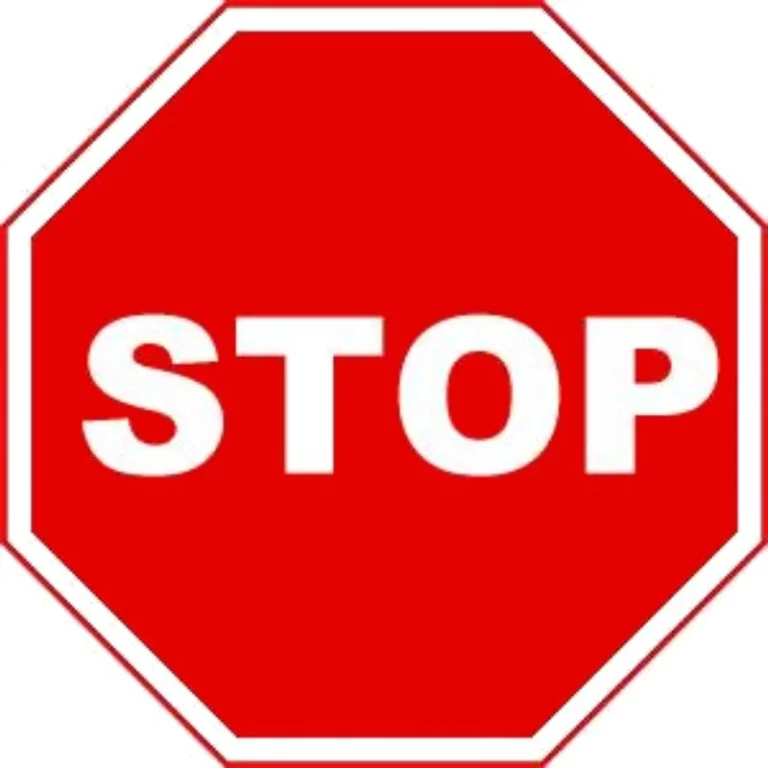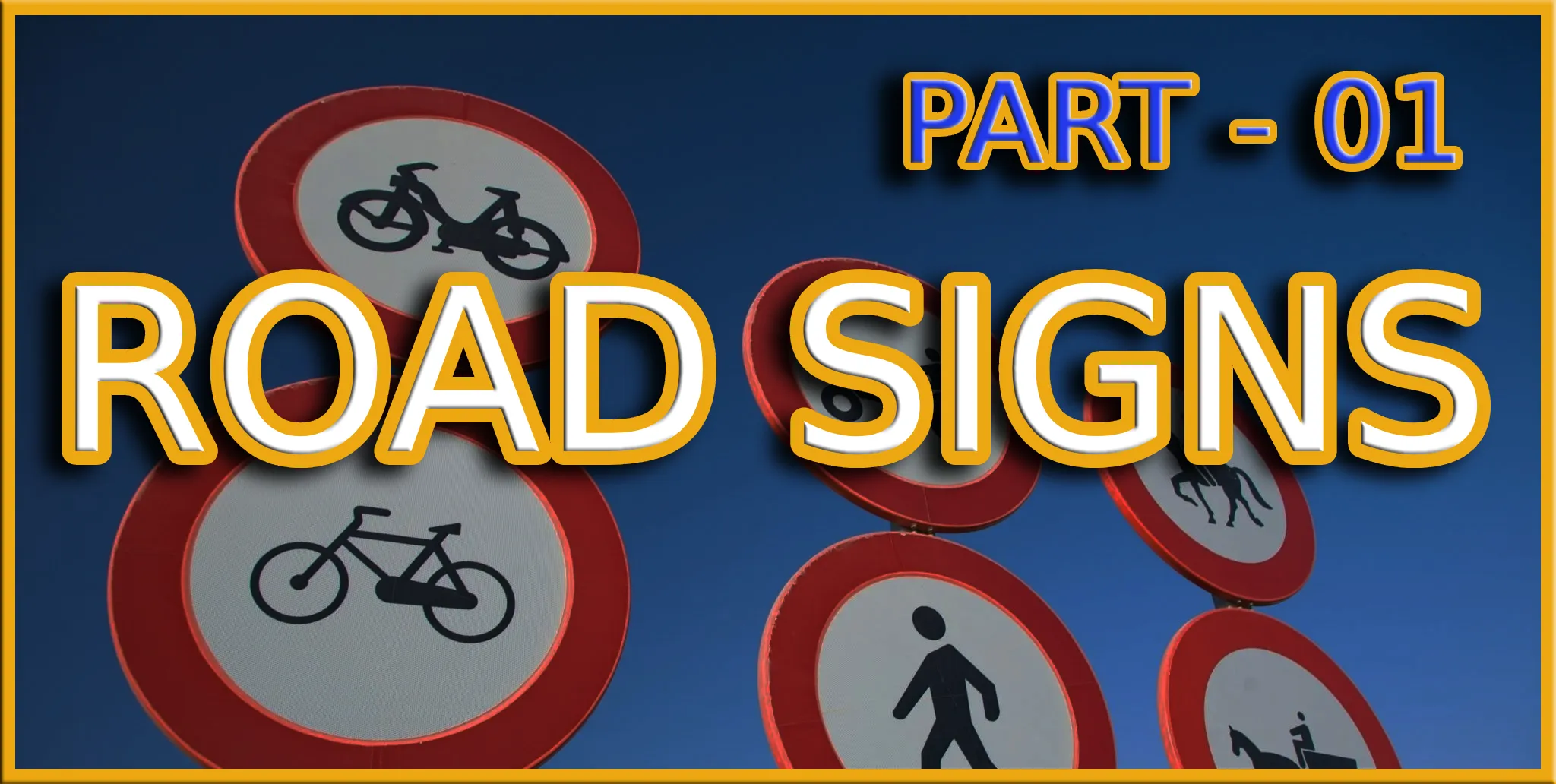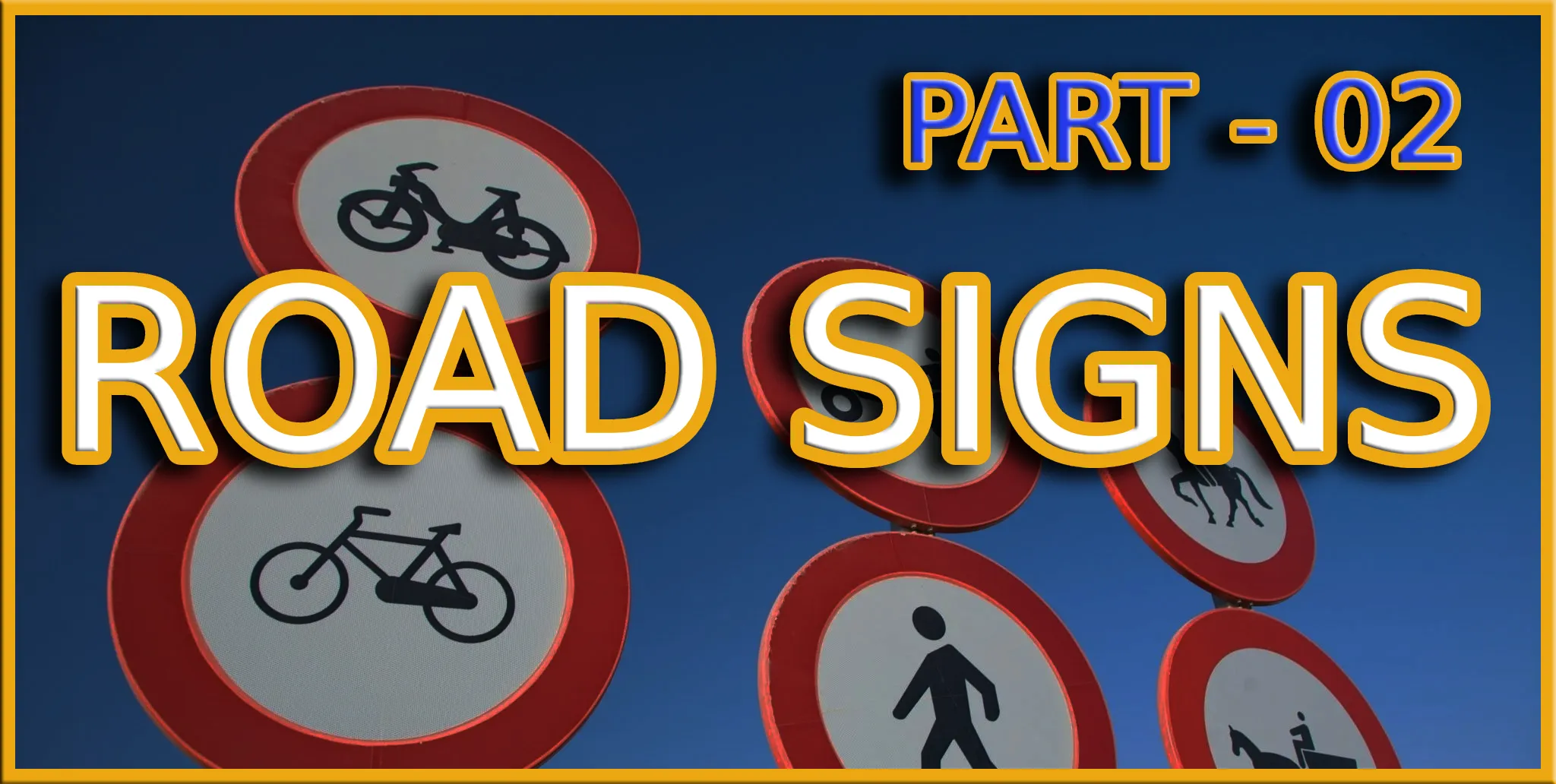Wrong Way Sign

What Does Wrong Way Sign Mean?
A “Wrong Way” sign is a regulatory traffic sign designed to inform drivers that they are traveling in the wrong direction on a one-way street or freeway ramp.
Characteristics:
- Shape: Typically rectangular with a red background and white lettering.
- Symbol: White text that reads “WRONG WAY.”
- Placement: Positioned on the right side of the road, often near one-way street entrances or freeway off-ramps.
Purpose:
- To alert drivers that they are heading in the wrong direction and need to turn around immediately.
- To prevent head-on collisions by guiding drivers away from oncoming traffic lanes.
- To enhance overall safety by providing clear and immediate warnings about incorrect travel directions.
Remember:
- This sign indicates that you must stop and turn around to avoid driving into oncoming traffic.
- Pay attention to other signs and road markings to ensure you are traveling in the correct direction.
- Ignoring this sign can lead to severe accidents and legal consequences.












